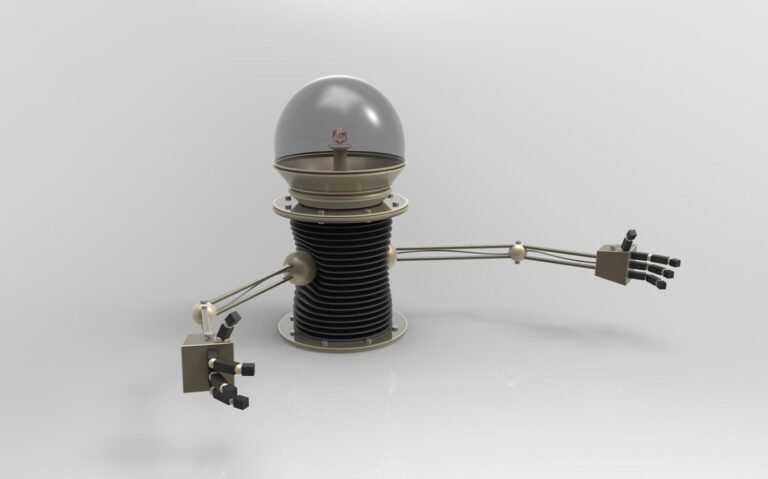Introduction
Aviation has always fascinated people with its sense of freedom and adventure. In the realm of gaming, aviator games provide a thrilling opportunity to experience the excitement of flying high in the virtual skies. With their realistic graphics, immersive gameplay, and challenging missions, aviator games have gained immense popularity among gaming enthusiasts in India. In this article, we explore the world of aviator games and why they have become a favorite choice for gamers seeking adrenaline-pumping aerial adventures.
Realistic Flight Simulations
Aviator games offer players a chance to step into the shoes of a pilot and navigate various aircraft through authentic and highly realistic flight simulations. These games meticulously replicate the controls, physics, and dynamics of different aircraft, providing an immersive experience that mimics the challenges and intricacies of actual flight. From mastering takeoffs and landings to executing complex maneuvers, aviator games give players a taste of what it’s like to be in command of a soaring aircraft.
Diverse Range of Aircraft
Whether you dream of piloting a sleek fighter jet or navigating a massive commercial airliner, aviator games cater to a wide range of aircraft enthusiasts. Players can choose from an extensive selection of planes, helicopters, and other flying machines, each with its unique characteristics and handling. Whether it’s the speed and agility of a fighter jet or the stability and precision of a passenger aircraft, aviator games offer a diverse fleet for players to explore and master.
Engaging Missions and Challenges
Aviator games go beyond the thrill of simply flying an aircraft by incorporating engaging missions and challenges. Players can embark on thrilling aerial combat missions, perform daring rescue operations, or engage in realistic commercial flights. These missions test players’ skills, decision-making abilities, and strategic thinking, adding an extra layer of excitement and purpose to the gameplay. Whether it’s dogfighting with enemy aircraft, navigating through treacherous weather conditions, or landing a plane during an emergency, aviator games keep players on their toes with adrenaline-fueled challenges.
Stunning Visuals and Environments
Aviator games in India boast stunning visuals and meticulously crafted environments that enhance the gaming experience. From realistic depictions of airports, cities, and landscapes to breathtaking aerial views, these games create a visually captivating world. The attention to detail in the graphics, including realistic weather effects, lighting, and aircraft models, further immerses players in the virtual aviation universe. The combination of high-quality visuals and realistic environments adds depth and authenticity to the gameplay, making aviator games a visual feast for gamers.
Multiplayer and Social Features
Aviator games provide an avenue for gamers to connect and compete with fellow aviation enthusiasts. Many aviator games offer multiplayer modes where players can engage in cooperative or competitive gameplay with friends or online players. This social aspect allows for shared experiences, friendly rivalries, and collaborative efforts in achieving mission objectives. Whether teaming up to conquer challenging missions or engaging in thrilling dogfights, multiplayer features in aviator games add a new dimension of excitement and camaraderie.
Skill Development and Learning Opportunities
Beyond the entertainment value, aviator games offer learning opportunities and skill development. By simulating real-world aviation scenarios, these games allow players to enhance their knowledge of aviation principles, aircraft systems, and navigation techniques. Aviator games also require players to develop critical thinking, problem-solving, and decision-making skills, as they encounter various challenges during their virtual flights. This combination of entertainment and educational value makes aviator games a unique platform for both entertainment and personal growth.
Conclusion
Aviator games in India have taken flight simulation and gaming to new heights, offering players an exhilarating experience in the virtual skies. With their realistic simulations, diverse aircraft selection, engaging missions, and social features, these games provide a thrilling adventure for aviation enthusiasts and gamers alike. Whether you’re a seasoned pilot or an aspiring aviator, aviator games allow you to spread your wings, explore the vast skies, and embark on daring missions from the comfort of your own gaming setup. So, strap yourself in, adjust your virtual cockpit, and get ready to soar to new heights in the captivating world of aviator games.

